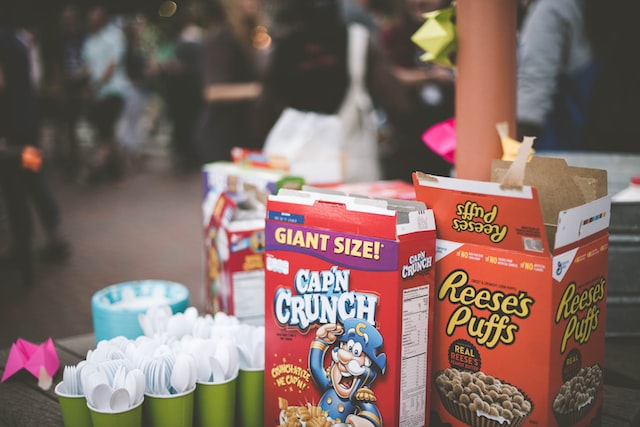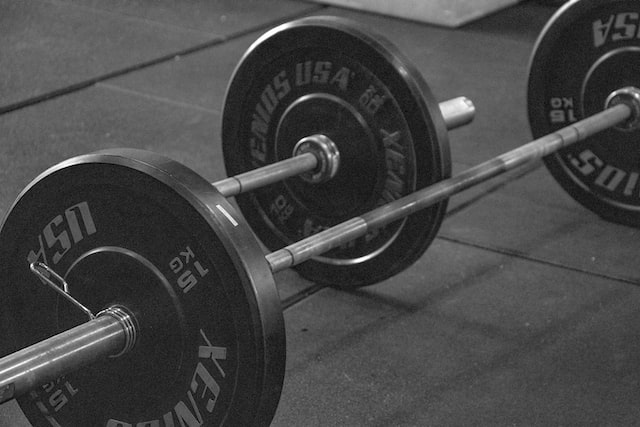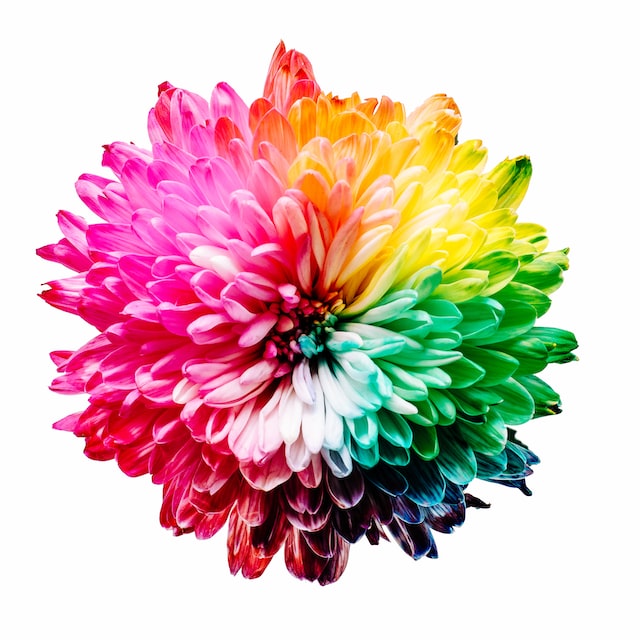The typical cereal box is around 12 inches tall and 8 inches broad. Depending on their contents, not all cereal boxes have the same dimensions, but the majority measure within an inch of one another. Kellogg’s, one of the most popular cereal companies, typically utilises a cereal box that is 12 inches by 7 3/4 […]









